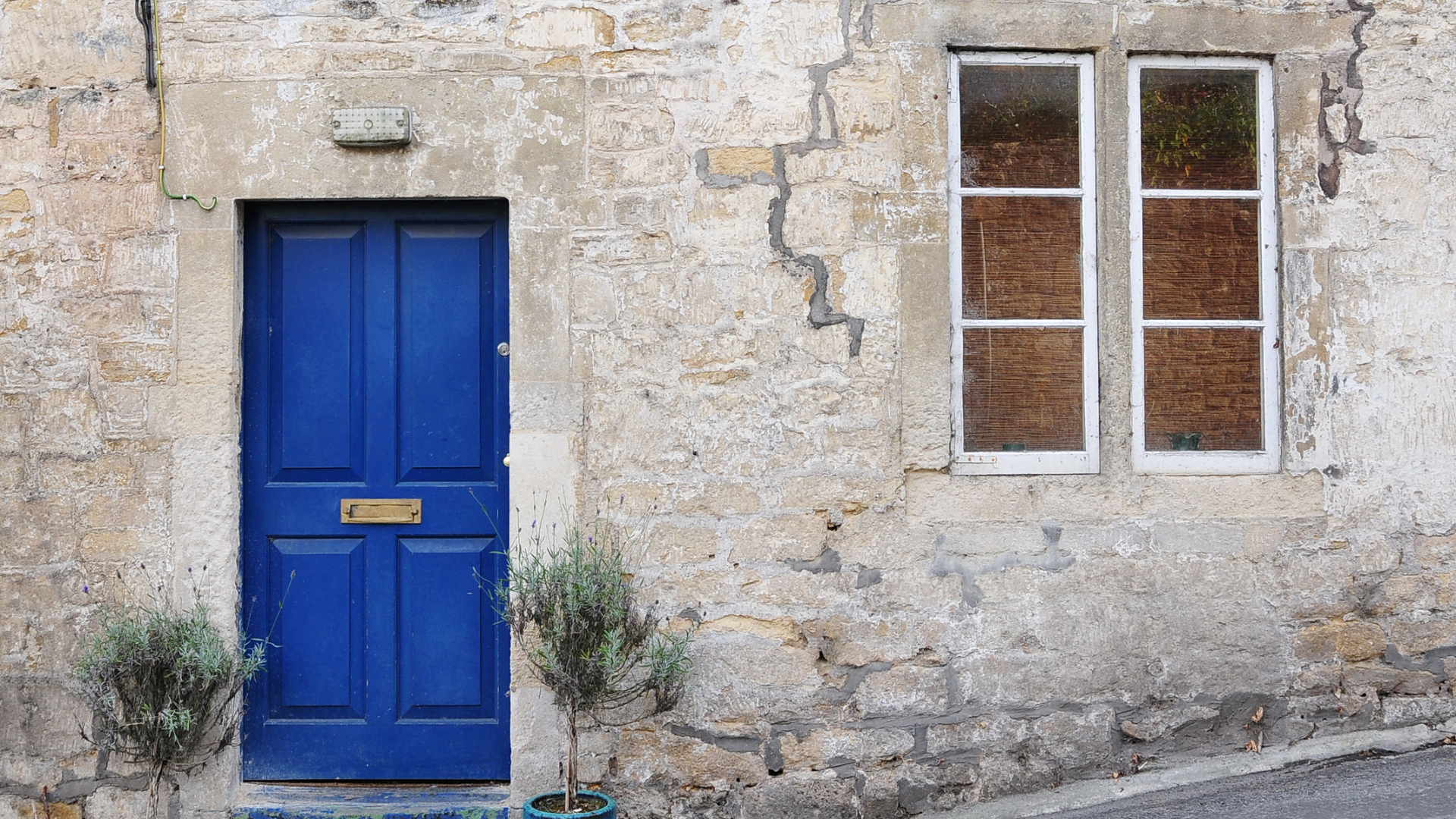Modern living and older properties, such as period homes (c1940), don’t really mix without experiencing a few damp problems.
When they were built with open fireplaces, and wooden door and window frames, the air inside didn’t really have a chance to get damp, and it easily escaped through gaps in the structure.
These days, period homes are getting refurbished and renovated, and the all the mod cons are getting installed – with showers, central heating, indoor washer/dryers and perfectly sealed doors and windows it means that the old walls and floors are absorbing the excess moisture in the air. And that’s where the common damp problems in older properties become apparent.
Crumbling timber window and door frames – woodworm are attracted to damp wood, and so you might find that they have made a cosy home of your timbers. Look out for tiny round holes and neat piles of dust.
Rotten frames – If it’s not woodworm to blame, it could be wet through direct contact with water. This could be water ingress from outdoors, or it could be from the atmosphere indoors. You might spot large flakes or splinters of wood coming away in this case.
Damp floors – original wood floors are wonderful to have, but they can be susceptible to both woodworm and rot. Period homes’ wooden floors are suspended above a void, to keep them away from the damp surface of the earth. This would’ve been fine back in the day when double fireplaces and drafty windows kept them dry, but these days there’s not enough escape routes for damp air. They could also be suffering water ingress from outside if the DPC (damp proof course) is bridged by paths and gardens or more serious conditions such as a fungal decay through wet or dry rot.
Blown or bubbling plaster or render – When damp is present in the walls, this can be the cause for exterior render to become lose and ‘blown’ away from the wall. Indoors, your plaster may swell, and the decoration may bubble. You could have damp from a bridged DPC, water ingress, wet or dry rot, or rising damp thanks to a bridged DPC..
Black mould – Nearly always caused by condensation. Once again, modern living and lack of ventilation in the area can be blamed for this. If you have a room where you store little-used items, you may find black mould behind them. The concern is why there is too much moisture in the air – and we’re back to damp floors and walls…
Condensation – Homes that are now heated by oil or gas central heating aren’t getting the volume of warm air circulating around the space to prevent condensation. Coupled with UPVC and hey presto! Water vapour in the damp air condenses on the colder surfaces such as windows and external walls.
As you must know from living in one, period homes have any number of damp problems to combat, and it can be tricky to know what the underlying cause is. We recommend you book a free survey to diagnose the problem and propose a solution. You’re under no obligation to go ahead with any work, but it’s important to know what you’re dealing with and what the long-term affects could be if left untreated.

